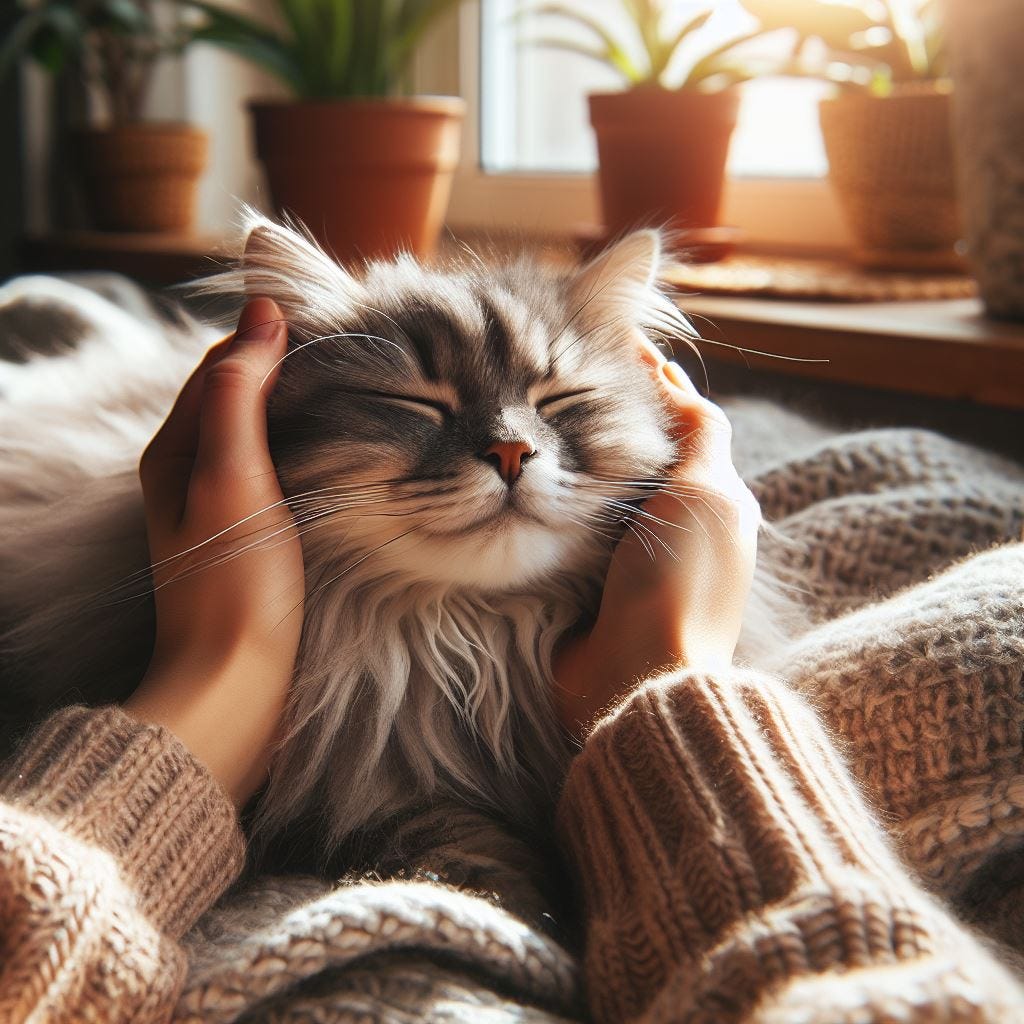Since May is mental health awareness month, I thought this would be a good time for this post. -Tony Pray
For the first year after my retirement, I was a little batty. My poor wife dealt with my non-stop agitation, decades of relentless work habits, and compulsion to always be busy with saintly patience and the occasional reminder that I was “supposed” to be retired. I mastered the craft of being a pest to Donna as she did her best to keep me on the rails. Fortunately, she’s a retired nurse with decades of experience dealing with difficult patients. I just didn’t realize I was one!
I had to be busy all the time and was getting very anxious. Aikido. Exercise. Guitar practice. Write. Publish my book. Learn to code. Build a website. Blog. Each activity, once a normal part of my everyday life, became a box to check. If I wasn’t busy, I became stressed.
Slowing down to walk the dog, pet the cat, hug my wife, or just read a book just for fun became chores to get over with as soon as possible. Check the box and move on.
Looking back on my first year of retirement, I accomplished a lot.
Exercise - check
Book published - check
Website built and blog started - check
Learn basic Python programming - check
I was proud of those accomplishments. but they kept me too busy. I had to “downsize” my ambitions.
I needed help.
“If you dig a hole and it’s in the wrong place, digging it deeper isn’t going to help.” – Seymour Chwast
Donna suggested that I could research ways to find my own helpful solutions. There are tons of helpful books online. To help with sorting through the choices, I built an AI prompt looking for the most useful tools.
I could do more for my mental health without a professional than I realized. I eventually connected with a mental health practitioner who agreed my approach had been working well.
It starts with getting enough sleep. This has never been a problem for me. I can sleep easily pretty much anywhere. I added an afternoon nap to the routine just to be sure I was getting enough. It helped more than I thought possible.
Get enough of the right kind of exercise. My weekly high-intensity Aikido workouts were doing more damage than good with torn tendons, neck problems, and muscle pain to prove it. Subtracting the “wrong” exercise and adding a simple 30-minute walk and stretch routine every day made all the difference.
Be Present, especially for the small joys. The help and happiness I can give to others matter more to me than any self-imposed goals. Petting the cat isn’t just something to do to get her to stop pestering me, it’s pure joy for her and calming for me when I slow down enough to enjoy it.
Identify the things that trigger my anxiety. Learn to interrupt the cycle that leads to spiraling anxiety.
Stimulus (My triggers)
Response (The way they make me feel)
Reward (Find a response that calms you down, not one that spins you up.)
Medication can help. Get professional help if any problems you’re having are severe. For me, it meant getting a telehealth visit with a counselor to confirm that the things I’d started doing on my own were doing the job.
I gradually adjusted my days to allow for time with my wife and friends, quiet time, and time to simply be myself, pet the cat and enjoy the day.
Now I’ve simplified things even more. Each day I set aside a couple of hours for “work” (blogging or writing or research), “maintenance” (making the bed, exercising, cooking breakfast, and cleaning up,) and “live”.
The whole point of life for me is to be contributing (this post for example) and enjoying time with my family, friends, and, of course, pets.
That’s my perspective.






